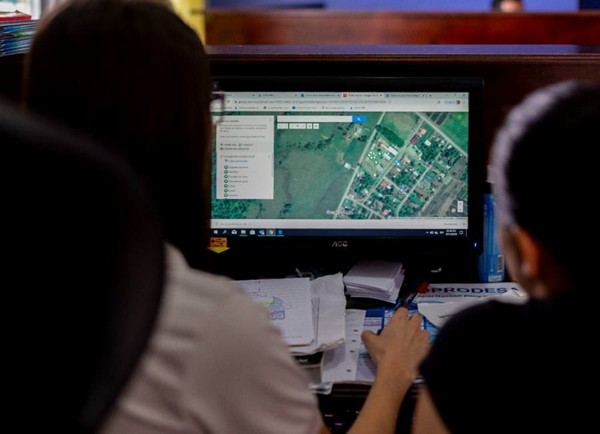Community Building – Creating a Globally Adaptable Blueprint Model for Fibre Pad Manufacturing
While Sparśa in Nepal serves as a pilot enterprise, NIDISI’s ambition reaches far beyond one country. Years of networking with practitioners, academics, social entrepreneurs, and NGOs showed us that many projects across the Global South are working with natural fibres — banana, sisal, water hyacinth, bamboo — yet most face similar challenges: how to process fibres efficiently, ensure product quality, secure market access, and build financially sustainable social businesses. To address this, we launched the Sparśa Blueprint Project, which creates a global community of knowledge sharing for compostable pad manufacturing.
The Blueprint is where Sparśa’s technical expertise, R&D, and social business lessons are opened up for replication. It documents machinery CAD files, sourcing strategies, financial planning models, and outreach approaches, but also creates space for dialogue and co-creation. Connecting projects across the globe enables local innovators to learn from each other and adapt the model to their own contexts and fibre plants.
First building block of Journey of Community Building: Creating a Globally Adaptable Blueprint Model for Fibre Pad Manufacturing — will be published on the PANORAMA platform in September 2025, and a full solution page will follow in November 2025. There, we will share the accumulated experience of years of building networks across continents, including insights from collaborations with grassroots entrepreneurs, academic partners such as Stanford University’s Prakash Lab and LGP2 from the Grenoble INP-Pagora, NGOs, and local governments. This scaling of our project will serve as the gateway for replication, helping others create their own fibre-based pad enterprises.
